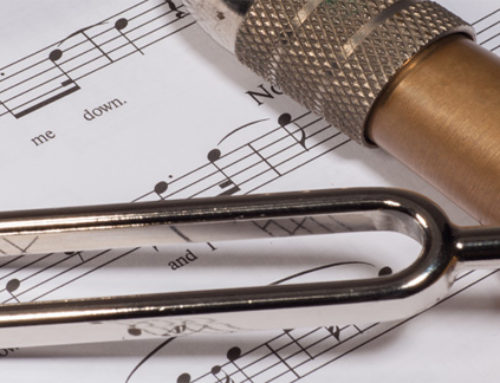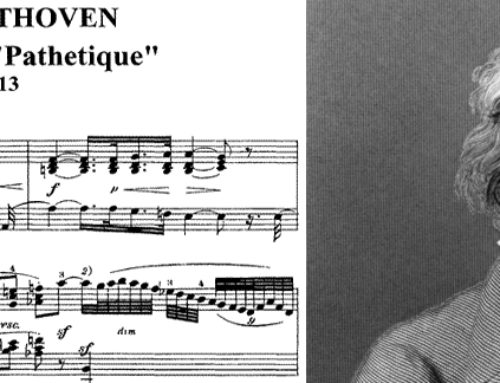Equal temperament is a system of musical tuning in which the frequency interval of adjacent note pairs has the equal ratios and distance between notes. This interval is usually determined by the octave, or another large interval, into smaller, yet equal, ratios. Traditionally, classical music has used the twelve-tone equal temperament system, which is often referred to as 12-TET or simply 12-ET. Western music simply refers to 12-TET as equal temperament. Twelve-tone equal temperament divides the larger interval, the octave, into 12 equal parts, resulting in the equivalent of the 12th root of 2 ratio. The result, called the half step or semitone, is 1/2th the width of the octave. Today, twelve-tone equal temperament tuning is tuned to a 440 Hz pitch.
While 12-TET is most common in Western and classical music, equal temperament also exists in 19-TET, 31-TET, and the Arabic music temperament, 24-TET. To differentiate between these equal temperaments, the temperaments that divide the octave are labeled EDO, which stands for equal division of the octave. In other words, 12-TET would be referred to as 12-EDO.
Alternatively, there are equal temperaments that use a different interval than the octave to find the smallest interval. One example divides into 13 parts the interval of an octave and one-fifth.
Variations of equal temperament are used in the tuning of string ensembles. Keyboard and wind instruments rely frequently on approximate equal temperament, rather than precise tunings.
Click here to learn more about the services Robert’s Piano Services offer.
Call 408.375.3612 today for a free consultation to determine your piano’s needs and create a personalized tuning and servicing schedule based on your piano’s age, condition, usage, and environmental factors.
专业钢琴调音师
钢琴调音器
钢琴维修
钢琴检查
















